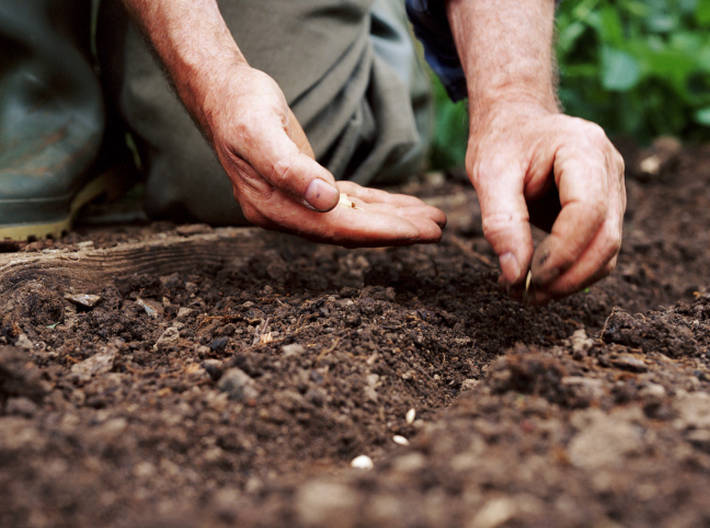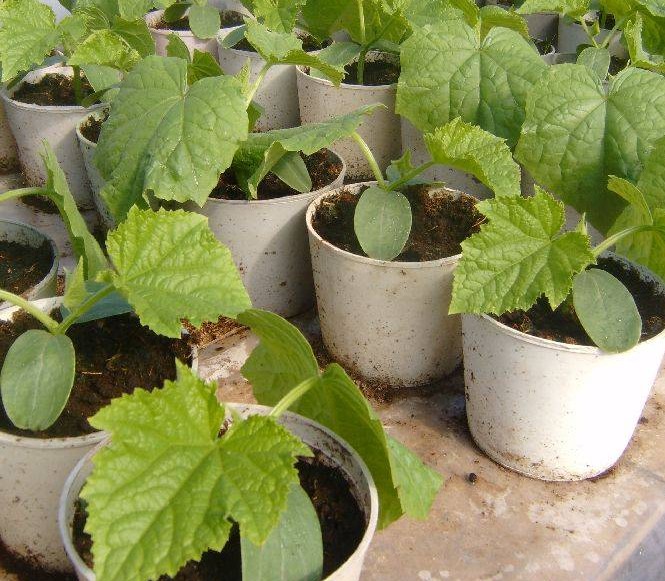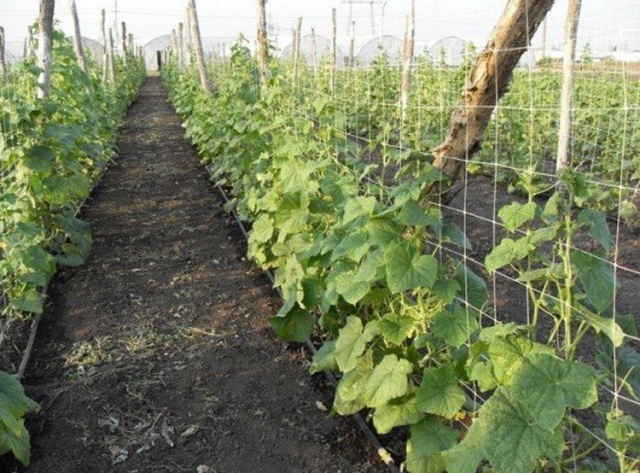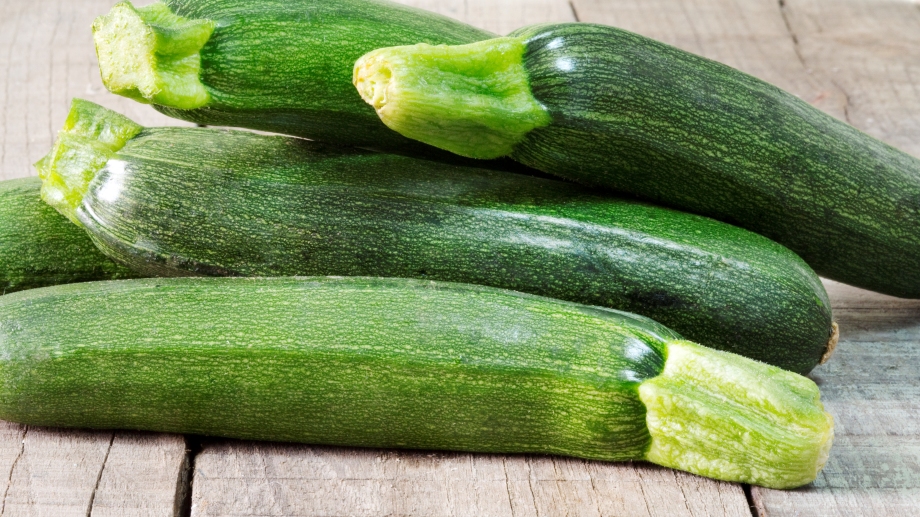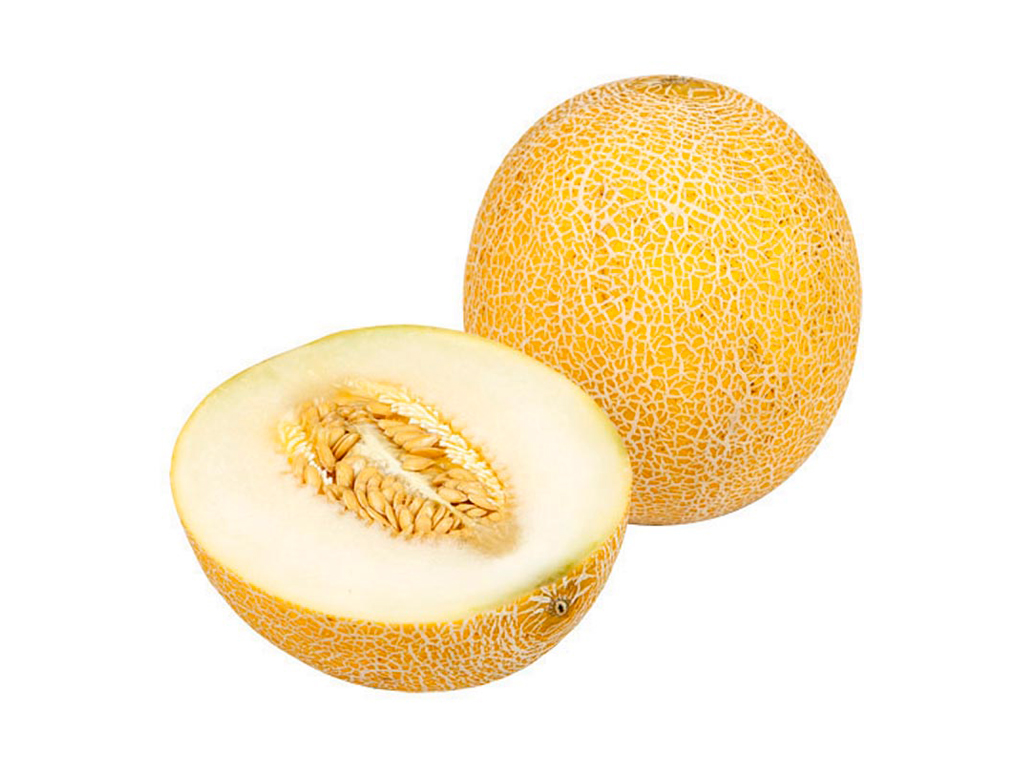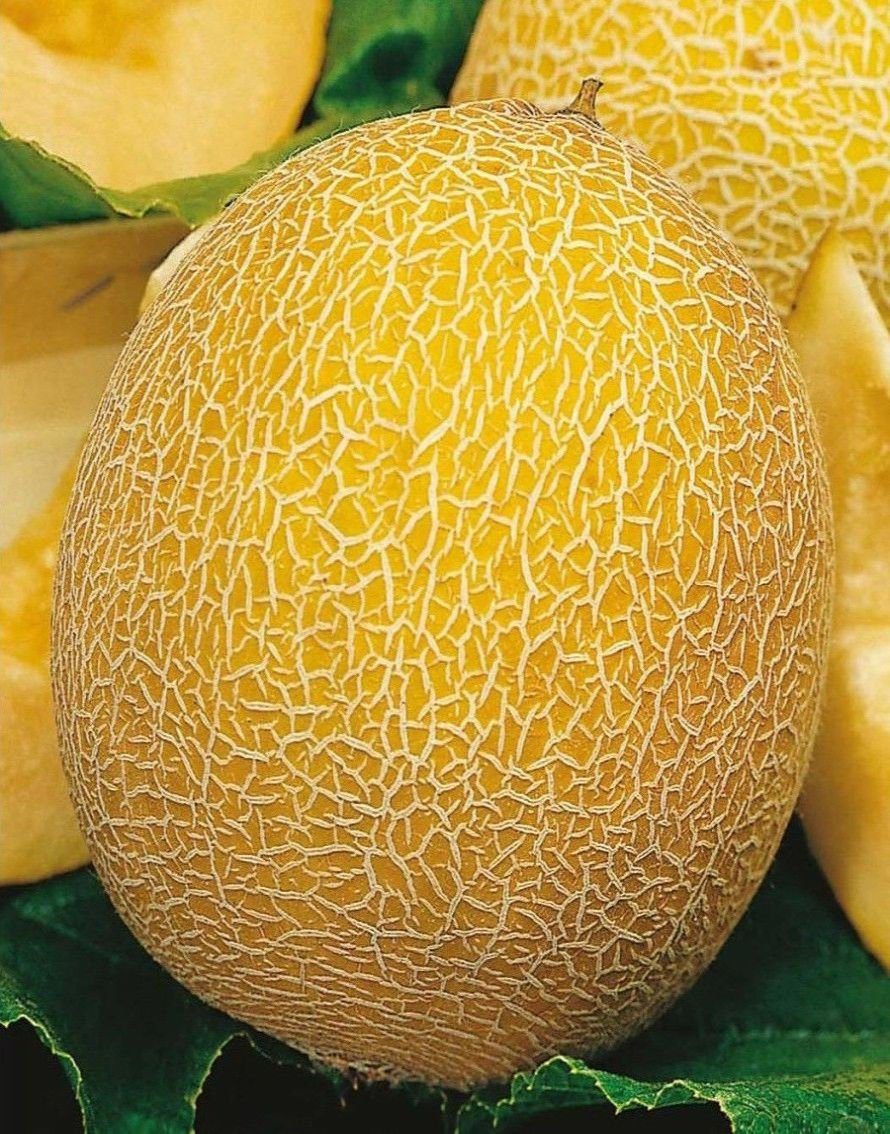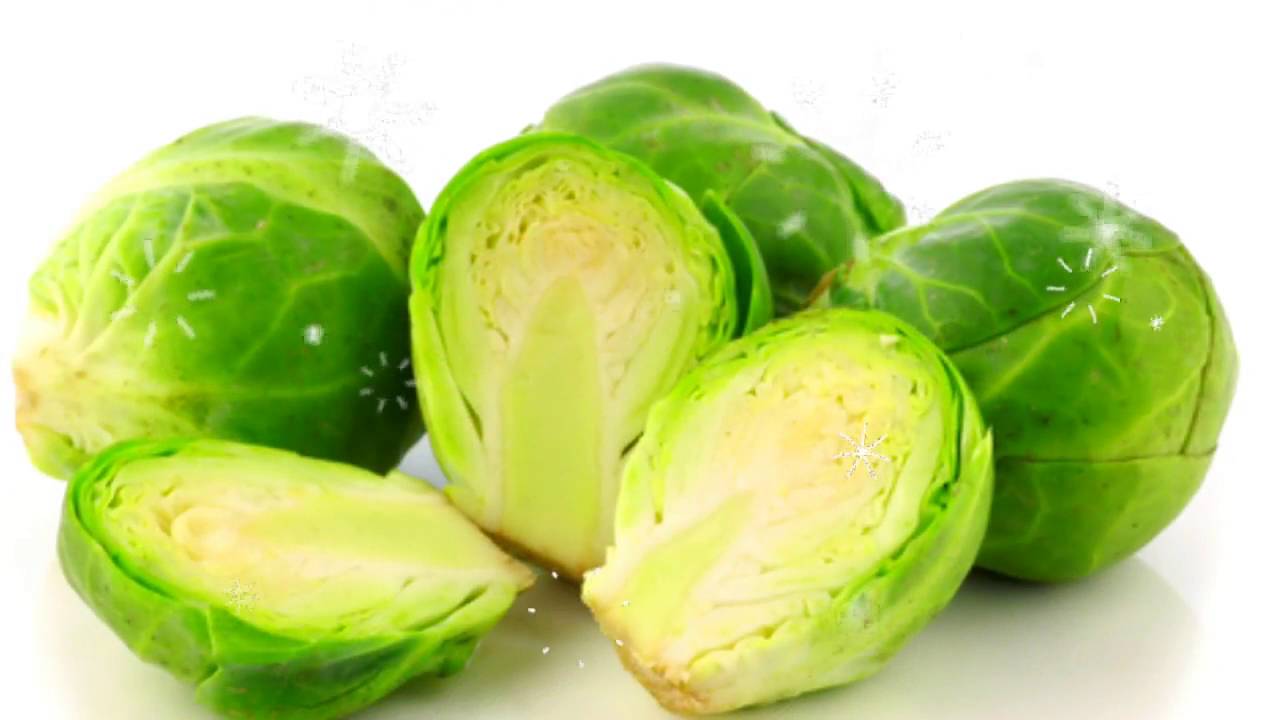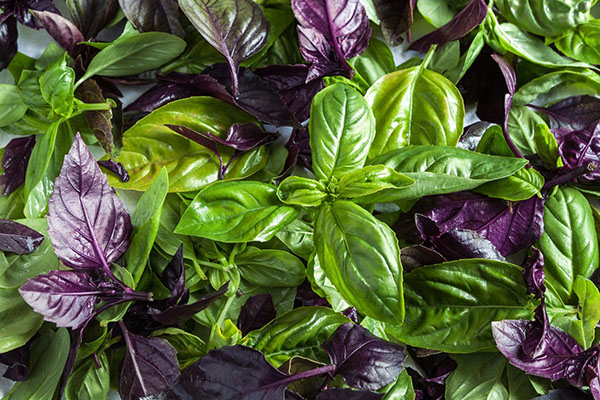Content:
Perhaps not a single gardener can do on his site without such a culture as a cucumber. Moreover, growing cucumbers in the open field does not require any special costs, except for your own labor.
Selecting and preparing a landing site
For a culture like cucumber, with all its love for the sun and warmth, 11-12 hours a day is enough for photosynthesis. It grows well both in the sun and in a slightly shaded place. Only drafts and strong winds are harmful. Therefore, a garden bed along one of the walls of a country house, and a fence, and an open place is suitable for planting a cucumber.
Choose the direction of the beds from south to north.
All melons, squash, carrots are undesirable predecessors of cucumbers, because they have common diseases with it.
Planting method and soil preparation
They plan in advance the method of growing cucumbers: trellis or creeping (freely in the garden). If you prefer the trellis option, racks along the edges of the beds can be installed already in the fall. In the spring, all that remains is to pull a wire, slats or mesh between them.
Prepare the soil for planting in the fall, after persistent cold weather. To do this, dig a bed 50-70 cm wide to a depth of 20 cm.Then, along the entire length of the bed, make a trench 30 cm deep and put straw, peat, sawdust in it in a layer of 15 cm.This is where the autumn preparation is completed.
In the spring, with persistent warm weather (in the first ten days of May or later, depending on the region), the fertile soil mixture is slightly loosened throughout the trench and fresh manure is put in a layer of 25 cm, spilled with boiling water with potassium permanganate diluted in it. Sprinkle on top with a 15 cm layer of fertile soil and add 1 meter of length:
- 5 kg of humus;
- a liter can of wood ash;
- 20 g superphosphate;
- 10 g of potassium salt.
The prepared “warm” bed is covered with plastic wrap and left to “overheat” for 10-12 days so that the temperature inside stabilizes to 30 ° C. In the process of "burning" of all constituent components of the soil, its temperature inside can reach 60 ° C.
Variety selection and seed preparation
At the beginning of spring, varieties of cucumbers are selected and the method of planting them in open ground is planned: seedlings or seeds. When choosing a variety, preference is given to zoned types of cucumbers and seeds for more than 1 year. The fact is that from freshly harvested seeds, a low yield is obtained due to the fact that few female flowers are formed on the plants.
The assortment of cucumber seeds in stores is extensive and everyone follows their own rule. For planting in open ground, all types are used - parthenocarpic, bee-pollinated, self-pollinated.
When choosing, they pay attention to the ripening time of the fruits and the versatility of use, because some varieties of cucumbers can only be intended for salads, and not for canning.
To do this, they are kept in 3% saline solution for 7-10 minutes. Empty seeds will float up and be drained along with the water.The solid seed material remaining at the bottom is placed in warm (40-50 ° C) water for 30 minutes for better germination. For disinfection, they are kept in a 1% solution of potassium permanganate for 30 minutes and washed under running water.
The next stage is germination. The seeds are spread in a saucer on cotton cloth soaked in a nutrient solution, which contains a preparation of any growth stimulant and organomineral fertilizer. Covering everything with plastic wrap, put in a warm (22-25 ° C) place. Do not allow the fabric to dry out. If there are no nutrients, you can simply plant the seeds in a cloth dampened with water.
Growing seedlings
When planting cucumbers with seedlings, containers are prepared and filled with special soil for seedlings purchased from the store. For containers, peat pots and sour cream cups are used.
Fertile soil can be prepared by yourself. To do this, mix in equal parts the soil from the garden, rotted compost and wood ash (a glass for 10 kg of soil mixture).
When the seeds of the cucumbers hatch, they are laid out in cups on the soil previously spilled with warm water. Sprinkle on top with a layer of earth 1-2 cm, moisten with water and cover with plastic wrap, creating a microclimate.
In a warm place (25-30 ° C) the cups are kept until sprouts appear. As soon as this happens, the film is removed and the seedlings are placed in a bright place (on the windowsill).
After the formation of cotyledons, the seedlings are fed with a complex fertilizer (for example, Biohumus). A week before transplanting cucumbers into open ground, for better growth of seedlings, they are fertilized a second time. Before planting in the ground, the plants are hardened, taking out the pots with seedlings for a short time to the glazed loggia.
Planting cucumbers in open ground
In mid-May or early July, depending on the climatic region, when stable heat is established, cucumbers are planted in open ground. If this is a seedling, then it is planted by transferring it into prepared beds at a distance of 25-30 cm.
The plastic pots are cut and removed, being careful not to traumatize the root and destroy the earthen ball. Dig a hole commensurate with the lump and carefully place the seedlings in it. Seedlings in peat pots are planted directly into the ground. Over time, they will dissolve on their own.
The beds are located at a distance of at least one meter from each other. At the beginning of plant growth, each bush is watered separately, under the root. This will reduce root damage by the bear.
When the seeds are sown directly into open ground, a furrow 2-3 cm deep is made in the prepared bed (in the middle) and the germinated seeds are laid out at a distance of 30 cm from each other. Having sprinkled them with earth, moisten the soil and tighten the bed from above with a covering material (plastic wrap).
When sprouts appear, the film is lifted and installed on metal arcs 1 m high. When 6-8 true leaves are formed on the plant, the covering material is removed from the garden bed, allowing the cucumbers to creep and further care.
When growing cucumbers on trellises, wire is pulled in several rows between the racks installed at the edges or wooden slats are fixed (you can use a net). On them, as the cucumbers grow, it will be necessary to guide the whips.
The trellis method of cultivation allows cucumbers to receive light evenly, to be well ventilated, and to be less exposed to diseases from the soil. The owner of a summer cottage or vegetable garden only needs to tie up loose lashes to the crossbars and follow the correct agricultural techniques.
How to feed
To grow a rich harvest of cucumbers, they, as a rule, need to be fed every week with mineral and organic fertilizers.They begin feeding the plant 20 days after germination and do it regularly throughout the summer, when watering. Plants respond well to feeding with mullein or bird droppings.
Recommended for root feeding:
- Energenom is a growth stimulator;
- Agricola - organic fertilizer;
- "Effekton-O" - liquid organic matter;
- Nitrophoska.
All fertilizers are diluted according to the instructions. Cucumbers are watered in the morning or evening hours and only at the root.
To grow a bush productive, pinch the top of the main stem over a 5-6 leaf. This gives an impetus to the growth of lateral shoots, which will have more female flowers. They, in turn, are pinched when they reach a length of 40-50 cm.
Pest control
If the cucumbers are not given proper care and are not fed on time, they are weakened and pests overcome them: spider mites, aphids, whiteflies. Having settled on the leaves, they suck out the juice, the fruits lack nutrition, and the plant may die over time.
At the first detection of pests, processing is carried out. Chemicals are avoided, because practically on the plant there are always ripening fruits. It is better to use folk remedies:
- wood ash (you can dust it with dry dust or dilute the ash with water).
- Infusion of onion peels. On a three-liter jar of hot water put a liter jar of husk, insist for 2 days, filter, dilute in half with water and spray over the sheet.
- Garlic infusion. On a bucket of water - a glass of crushed garlic, insist 2 days and sprinkle.
How to harvest a good harvest of cucumbers, accelerating crop growth
Experienced gardeners, knowing the peculiarities of the culture, reveal to others their secrets of obtaining a good harvest of cucumbers. To accelerate fruiting, summer residents use the following technique: before flowering, watering is temporarily stopped. This forces the plant to form fruit faster,
If the greenery slows down the formation, they feed with urea on the foliage (20 g / 10 l. Water). When bush forming cucumbers, remove the ovaries and lateral shoots above the first 4 leaves. This forces the plant to develop its root system better.
When planting cucumbers in the open field, growing and caring for them is not particularly difficult. Using in practice some of the techniques of caring for the crop, even a novice gardener can get a rich harvest.

